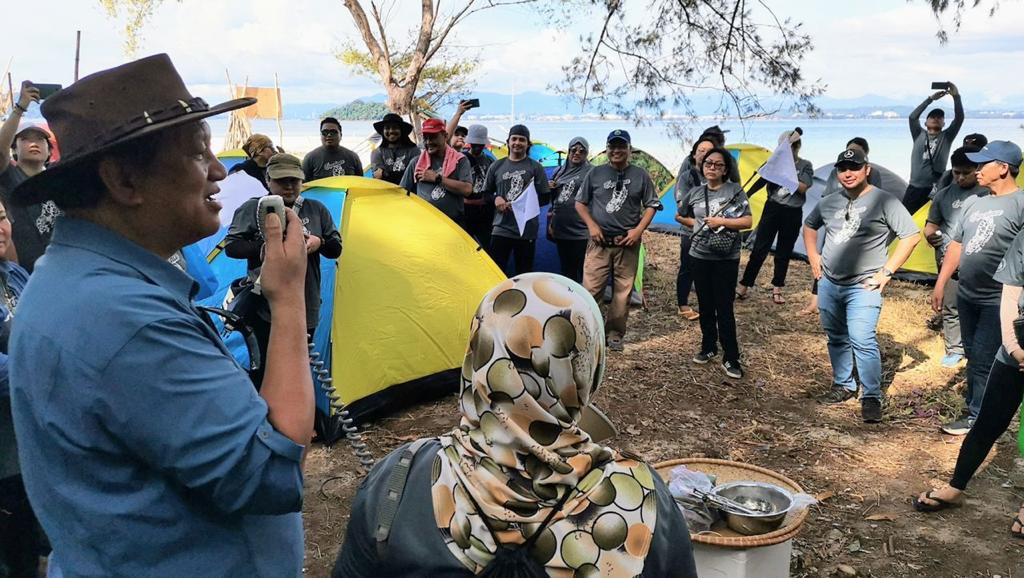KOTA KINABALU, 4 August 2022: A group of 52 tourism officials and local district officers recently spent a night on Sabah’s Sulug island to experience and learn what dark tourism is all about.
The group was part of a two-day dark tourism workshop, during which their presence brought life to the tiny hill island. The Sabah Tourism Board, Dark Tourism Sabah and Sabah Parks co-organised the workshop. Officials from the state Ministry of Tourism, Culture and Environment Ministry, Kota Kinabalu City Hall, and Federation of Rural Tourism Association Sabah also attended the workshop.
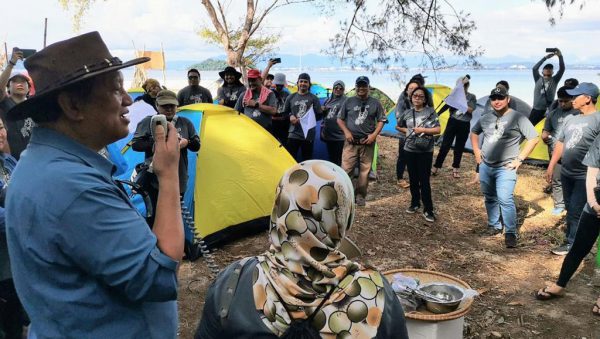
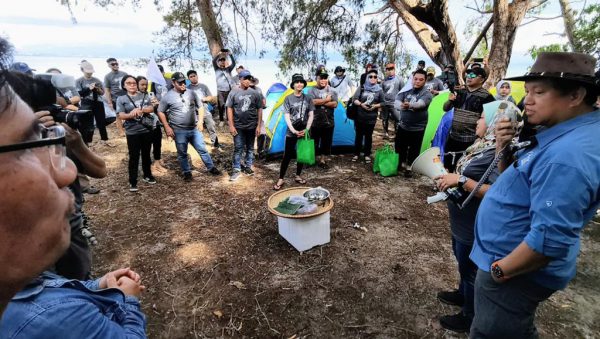
Situated at the northernmost tip of Tunku Abdul Rahman Park and devoid of development, Sulug Island has earned the title “Kota Kinabalu’s darkest island.” Its connection to World War II events further adds to the allure surrounding the 20-acre uninhabited island.
During the dark tourism workshop, participants learned about the island’s harrowing World War II history, when the Japanese occupying military executed and tortured the island’s residents.
State Assistant Minister of Tourism, Culture, and Environment cum Sabah Tourism Board chairman Datuk Joniston Bangkuai was also present to meet the participants and observe their activities. He was accompanied by Sabah Tourism Board (STB) deputy chief executive officer Julinus Jeffrey Jimit.
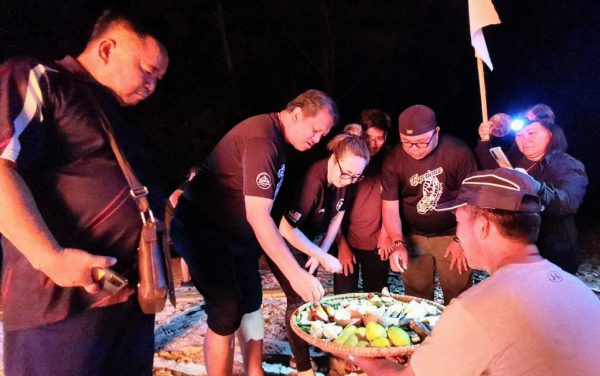
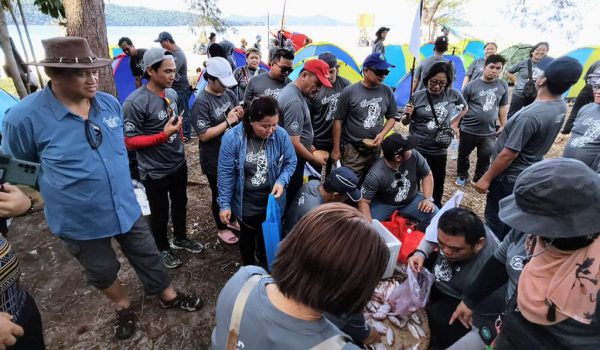
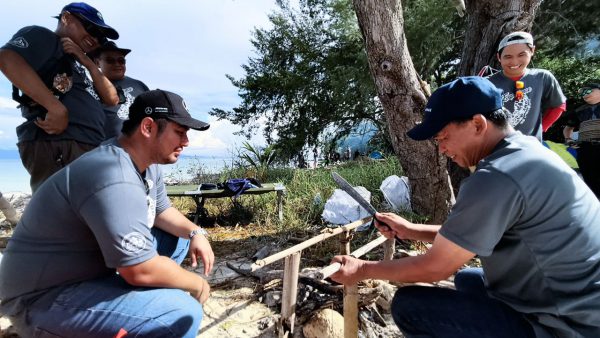
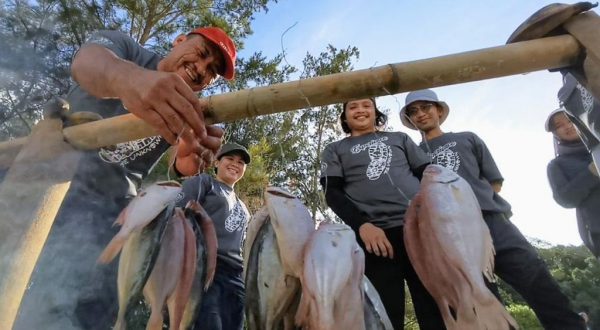
As part of their engaging experience, participants also acted out the lives of kampung people, putting their survival and negotiating skills to the test. They set up their camp, built their table or chair out of driftwood, hiked a trail searching for hidden food baskets, bargained for food sharing, and cooked their meals.
Joniston said a tourism workshop with the participation of district officials and tourism players is essential for deepening one’s understanding, particularly of the dark tourism concept and offerings.
“While Sabah has a lot of potential for dark tourism, we also need to look into ways to package it so that we’re not just presenting visitors a story but also activities they can do to add value to the experience.
“I hope the workshop participants will learn something from the programme, exchange their ideas, and be motivated to uncover potential dark tourism sites in their respective districts,” he said.
In addition, Joniston urged the District Tourism Action Committees to work with STB to develop dark tourism products that could appeal to both locals and international visitors in the long term.
“The Sabah Tourism product team is always committed to helping the community identify new product attractions and ready to impart knowledge and train kampung folks to gain necessary skills,” he added.
The participating districts were Ranau; Telupid; Kinabatangan; Tenom; Beluran; Pitas; Nabawan; Tongod; Nabawan; Lahad Datu; Putatan; Kuala Penyu; Beaufort; Kalabakan; Kota Belud; Papar; Kota Marudu; Penampang; Tuaran; and Sandakan.
Tongod assistant district officer Cleophas John Gordon remarked that the workshop was a productive programme and that dark tourism is a niche product.
“There will be people who would want to experience dark tourism. Since this is a new product, there is always room for improvement down the road. In general, the activities that were planned were enjoyable.
“In Tongod, there is a cave called Agop Sarupi in Kampung Tulang-Tulang, an ancient burial cave where people are buried in timber coffins. In addition, there is a helicopter crash site in Gunung Tinkar,” he said about the potential dark tourism attraction that Tongod could offer.
Meanwhile, STB Board member Roslinah Abd Hamid, who is spearheading the promotion of ‘dark tourism, said the workshop was held to dispel misunderstandings that it is somehow connected to paranormal activity.
Roslinah’s research on historical places in Sabah began in 2010 after she recognised the potential for dark tourism. However, she said not many people were enthusiastic about it.
She said such a niche product has the potential to succeed, and sites like Sulug Island, being close to the city, could be transformed into a dark tourist hotspot due to the presence of historical artefacts like graveyards and old well.
Sulug is one of five islands in the protected Tunku Abdul Rahman Marine Park, managed by the Sabah Parks. Its waters are well-known for snorkelling and scuba diving.


